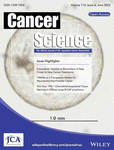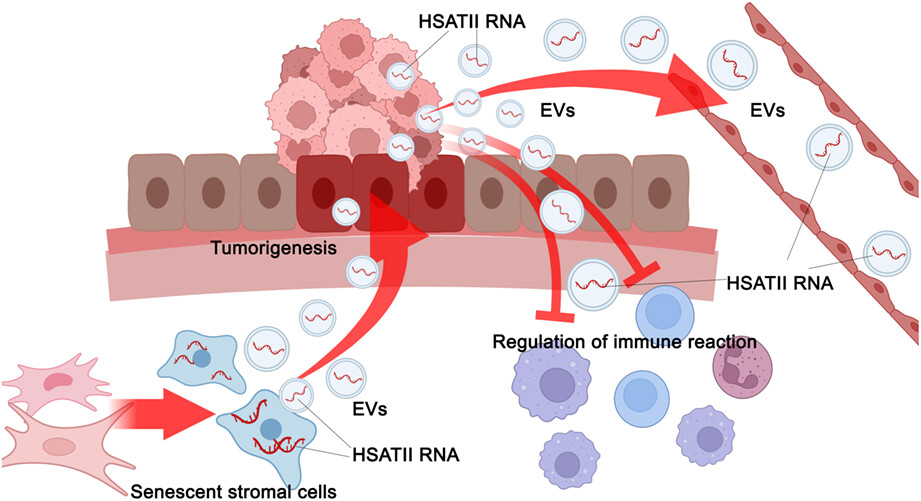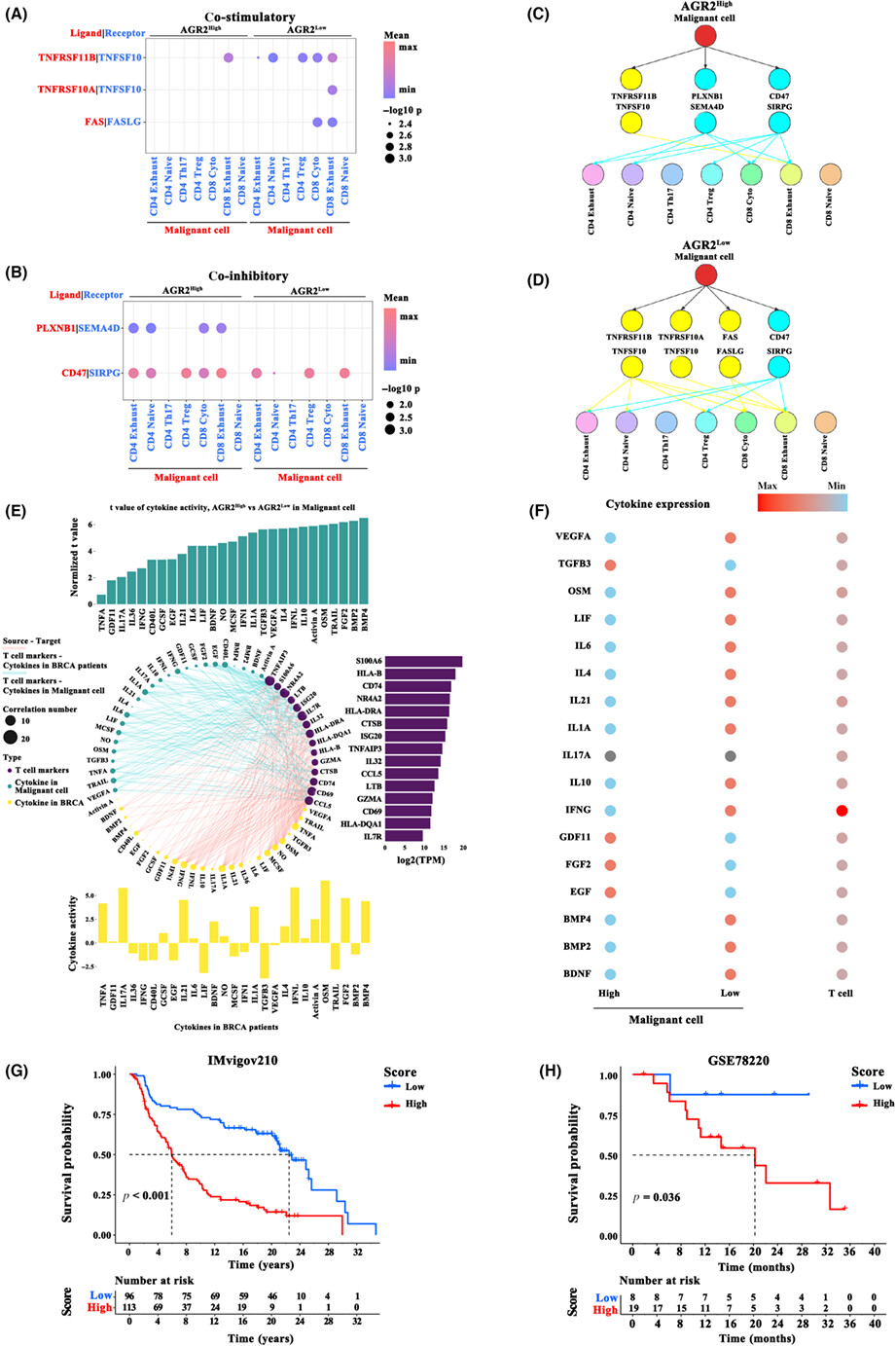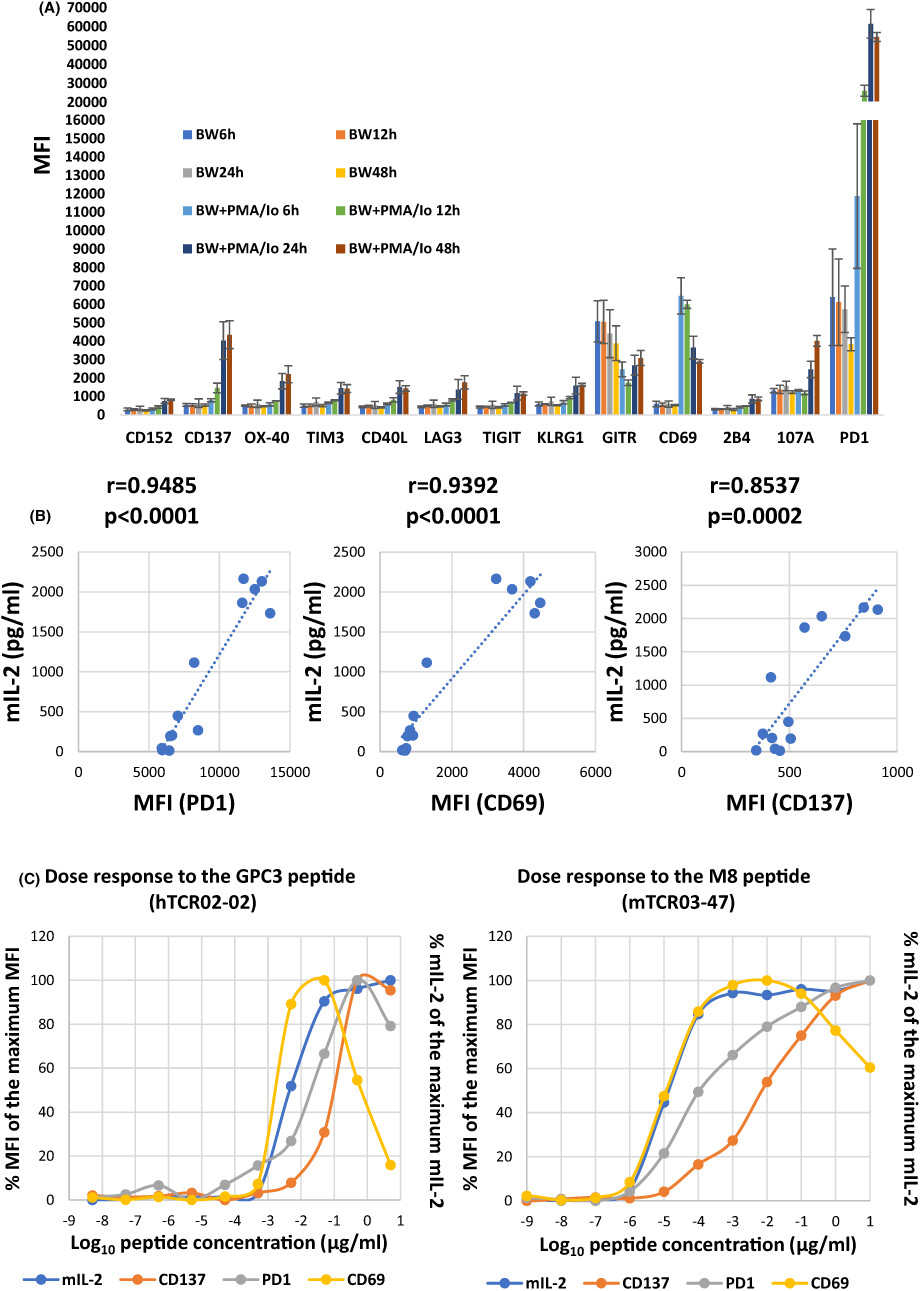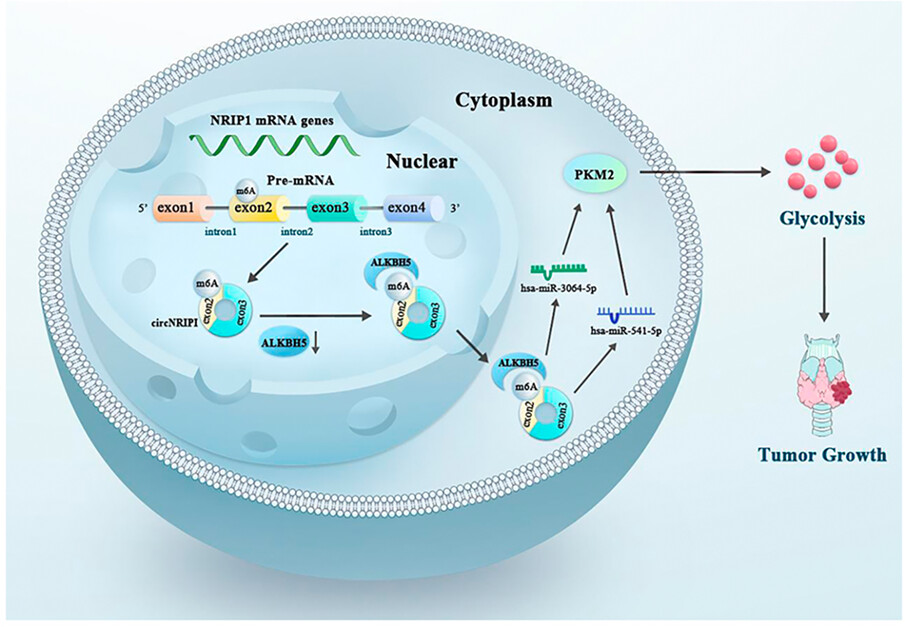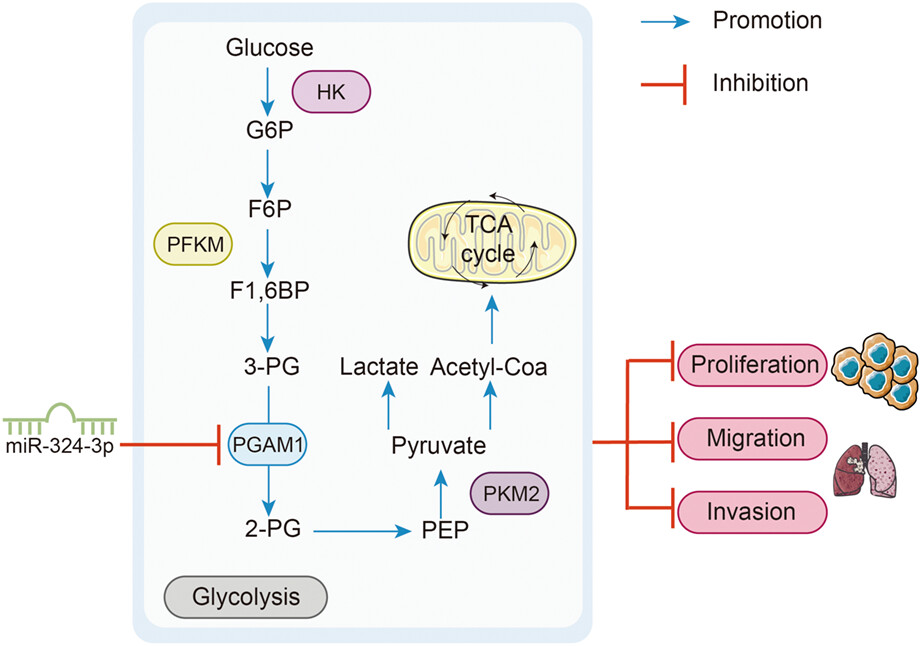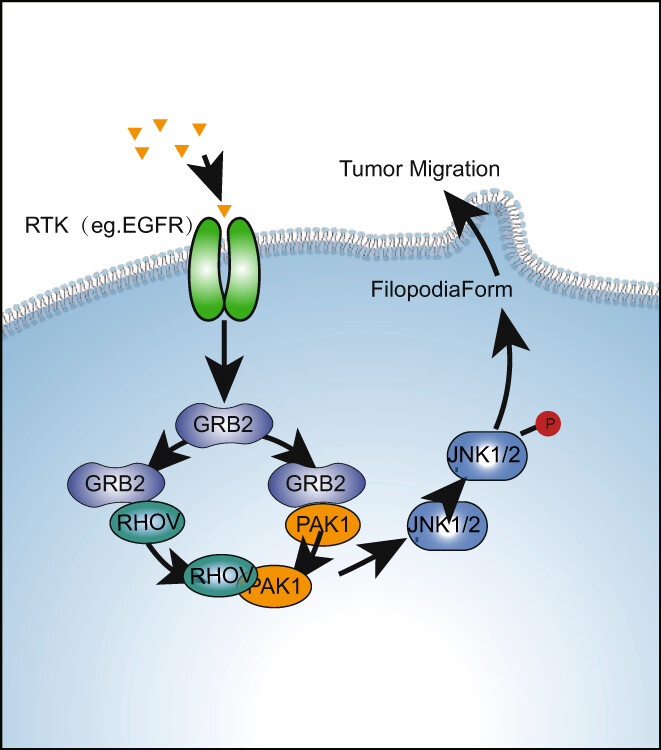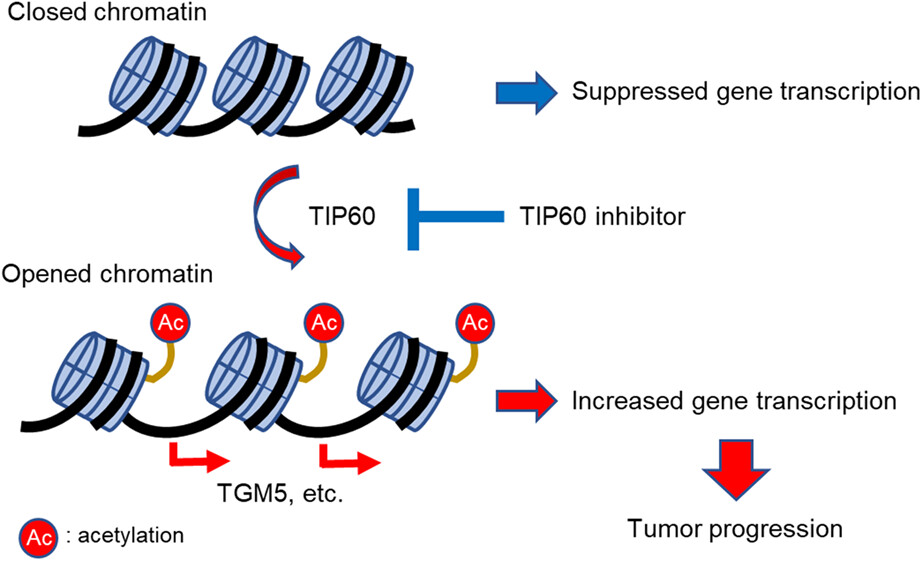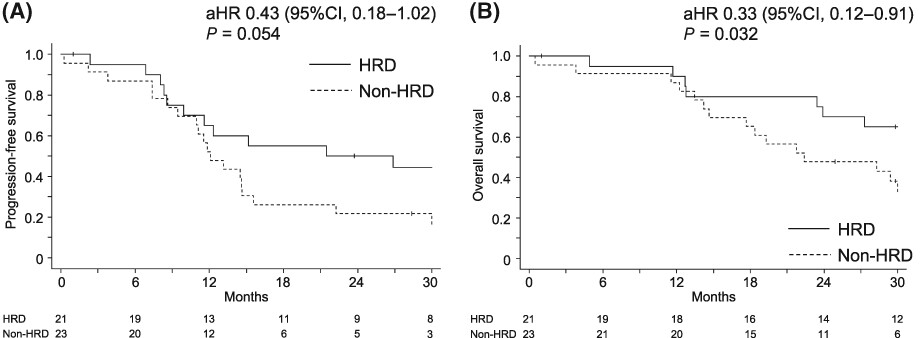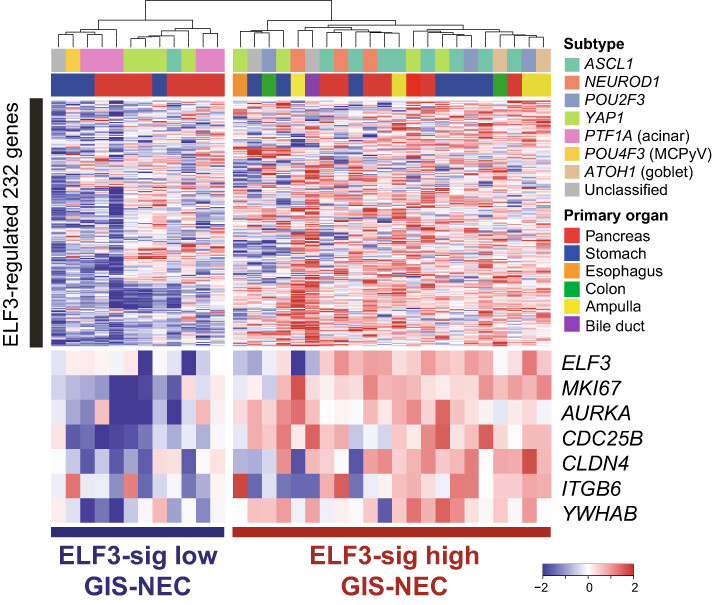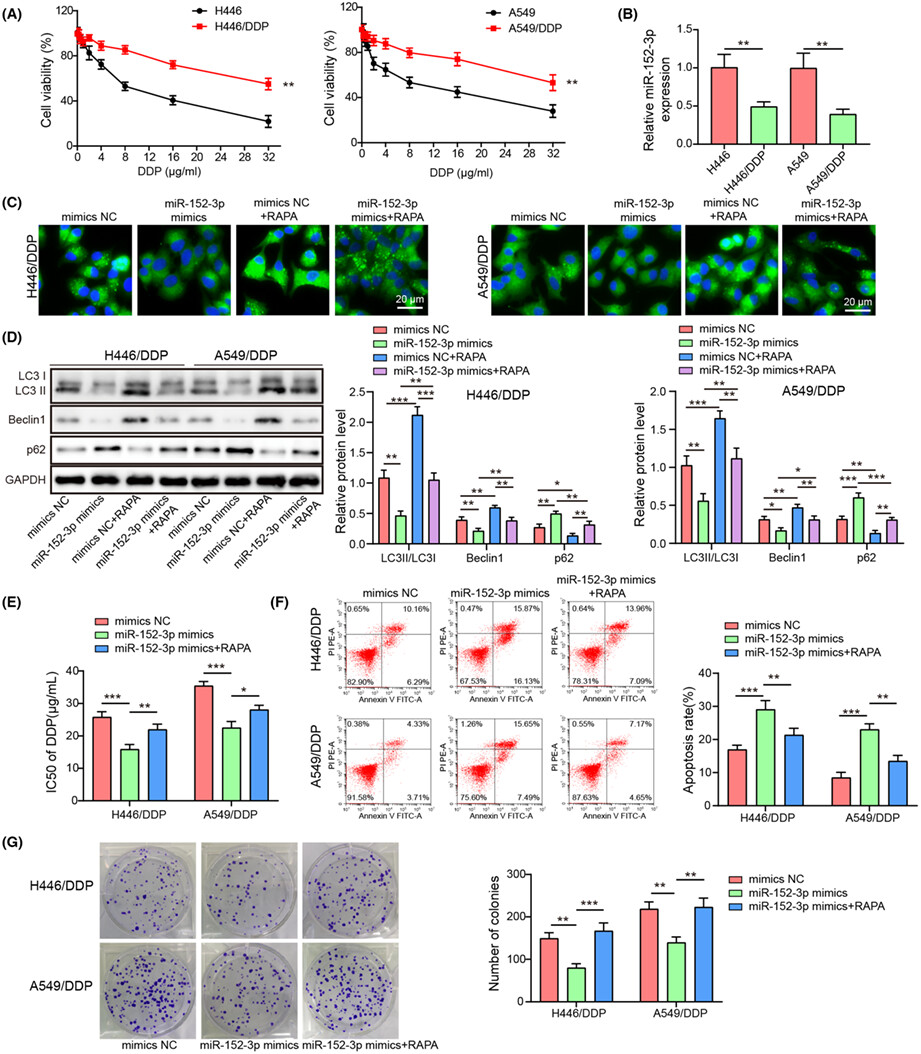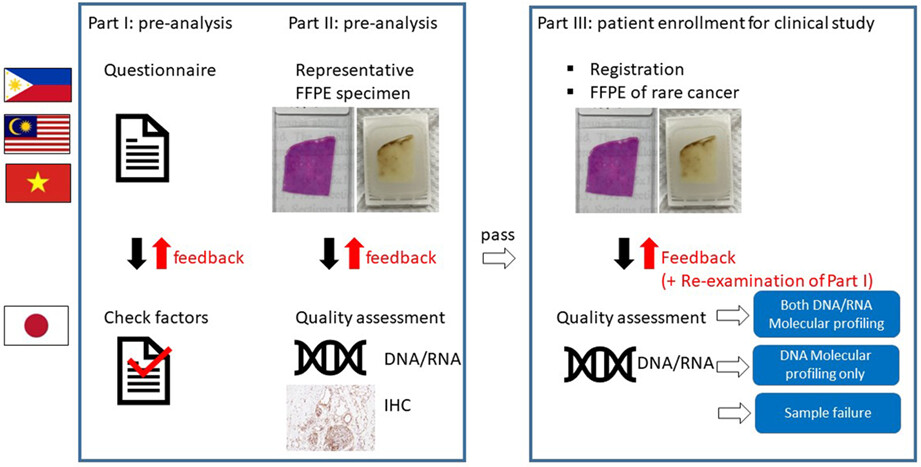Journal list menu
Export Citations
Download PDFs
ISSUE INFORMATION
IN THIS ISSUE
In this issue: Volume 114, Issue 6, June 2023
- Pages: 2217-2219
- First Published: 22 May 2023
REVIEW ARTICLES
Involvement of protumor macrophages in breast cancer progression and characterization of macrophage phenotypes
- Pages: 2220-2229
- First Published: 07 February 2023
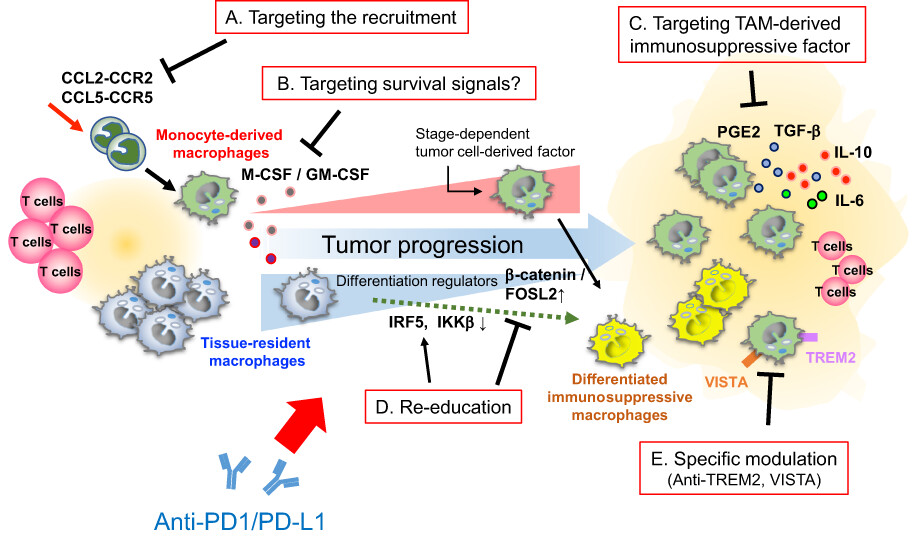
Tumor-associated macrophages (TAMs) are the most prominent immune cells in the breast cancer microenvironment, and the protumor functions of TAMs are thought to affect cancer progression and resistance to anti-cancer therapy. Recent advances have highlighted the significant involvement of TAMs in the resistance of breast cancer cells to immunotherapy.
Recent advances in extracellular vesicles in gastrointestinal cancer and lymphoma
- Pages: 2230-2237
- First Published: 27 February 2023
ORIGINAL ARTICLES
Basic and Clinical Immunology
Anterior gradient-2 regulates cell communication by coordinating cytokine–chemokine signaling and immune infiltration in breast cancer
- Pages: 2238-2253
- First Published: 28 February 2023
Selection of highly responsive T cell receptors by an analysis combining the expression of multiple markers
- Pages: 2254-2264
- First Published: 03 March 2023
Carcinogenesis
Programmed death ligand 1 regulates epithelial–mesenchymal transition and cancer stem cell phenotypes in hepatocellular carcinoma through the serum and glucocorticoid kinase 2/β-catenin signaling pathway
- Pages: 2265-2276
- First Published: 08 February 2023
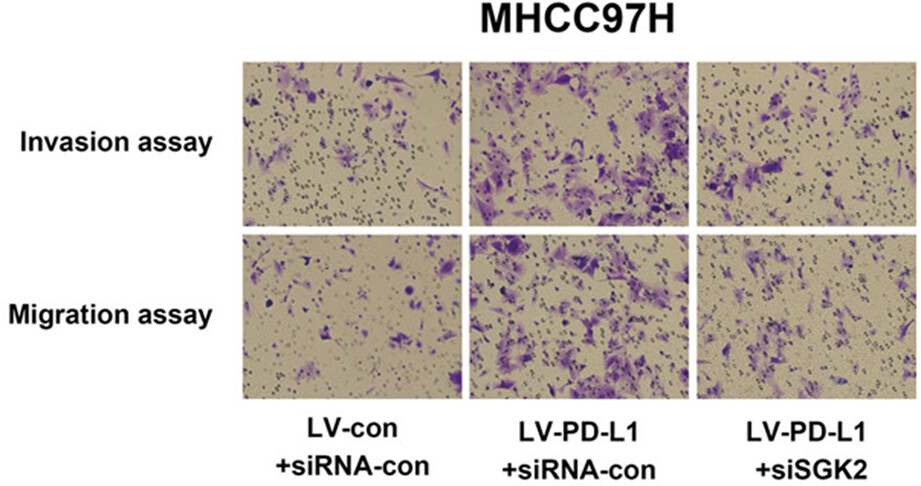
- Programmed death ligand 1 regulates cancer stem cells in hepatocellular carcinoma.
- Programmed death ligand 1 regulates liver cancer cell migration, invasion, and epithelial–mesenchymal transition.
- Programmed death ligand 1 regulates epithelial–mesenchymal transition and cancer stem cells through serum and glucocorticoid kinase 2/β-catenin signaling.
MED27 plays a tumor-promoting role in breast cancer progression by targeting KLF4
- Pages: 2277-2292
- First Published: 14 February 2023
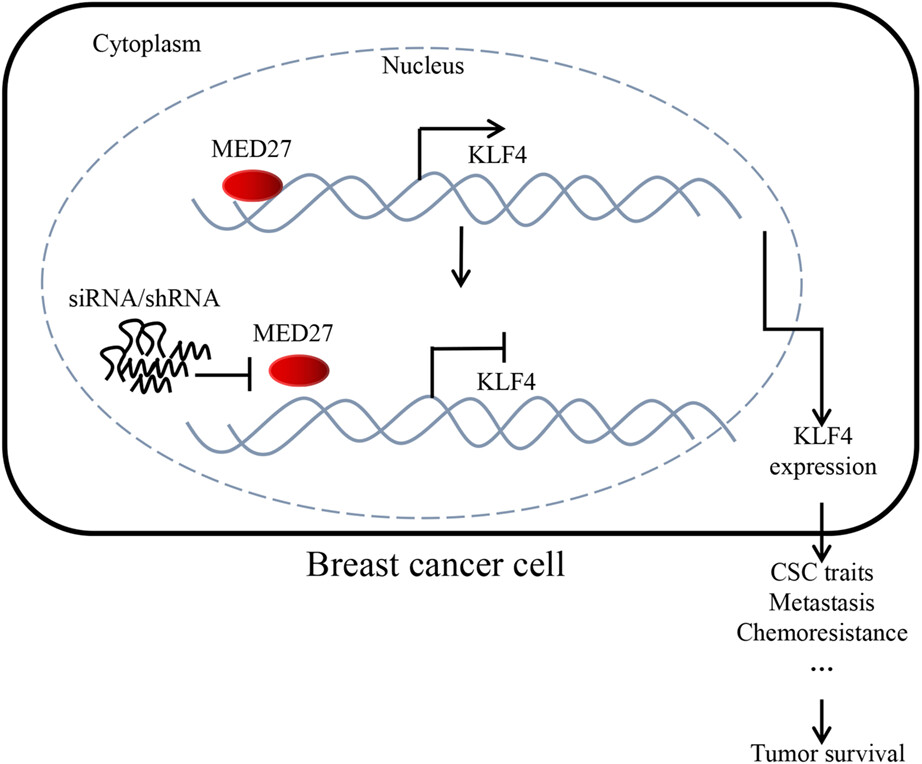
Our study found that MED27 was highly expressed in breast cancer, especially in triple-negative breast cancer, and promoted breast cancer cell metastasis and stemness maintenance by targeting KLF4 both in vitro and in vivo. Mechanistically, MED27 transcriptionally activated KLF4 in breast cancer cells by binding to its promoter region. MED27 silencing sensitized breast cancer cells to epirubicin therapy and the high expression of MED27 and KLF4 alone or together were positively correlated with the differentiation status of cancer cells and predicted poor prognosis of breast cancer patients.
STAT3 regulates 5-Fu resistance in human colorectal cancer cells by promoting Mcl-1–dependent cytoprotective autophagy
- Pages: 2293-2305
- First Published: 14 February 2023
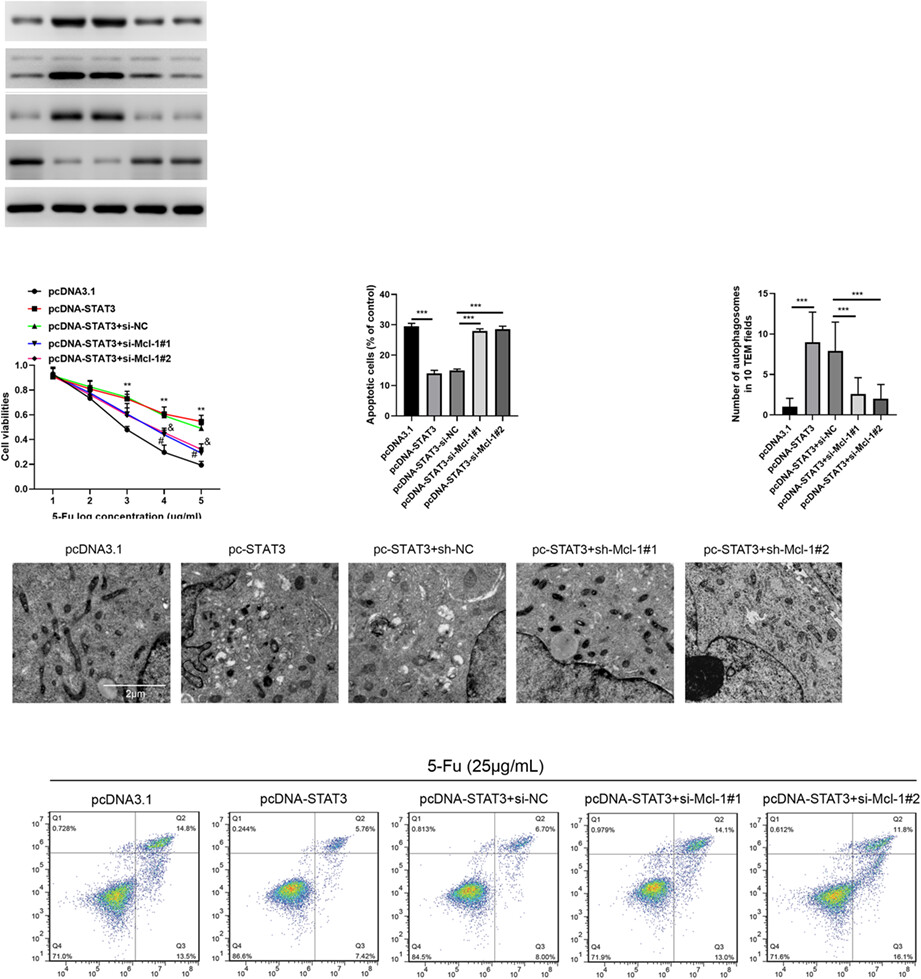
In the present study, we evaluated the potential mechanism(s) of STAT3-induced 5-fluorouracil (5-Fu) resistance in colorectal cancer (CRC). Our results show that STAT3 regulates 5-Fu resistance in CRC by promoting Mcl-1–dependent cytoprotective autophagy. Our results provide a novel role of STAT3 and may offer a new approach for the management of CRC 5-Fu resistance.
SLC3A2 promotes tumor-associated macrophage polarization through metabolic reprogramming in lung cancer
- Pages: 2306-2317
- First Published: 15 February 2023
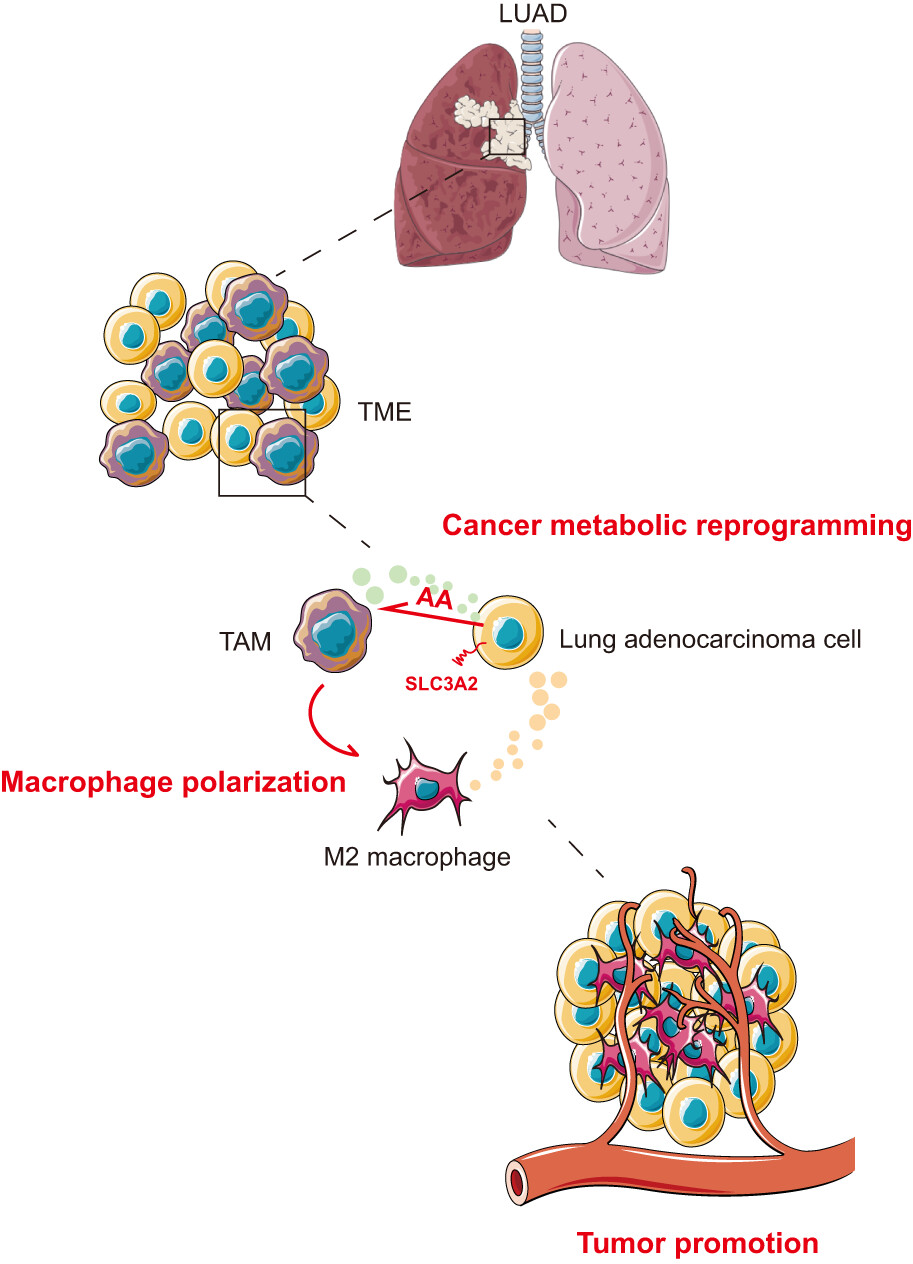
High SLC3A2 expression in lung adenocarcinoma (LUAD) patients were associated with tumor-associated macrophages and poor prognosis. SLC3A2 in LUAD cells was essential for macrophage M2 polarization. SLC3A2 regulated metabolic properties in LUAD cells. SLC3A2-mediated arachidonic acid secretion promoted macrophage M2 polarization.
ALKBH5-induced circular RNA NRIP1 promotes glycolysis in thyroid cancer cells by targeting PKM2
- Pages: 2318-2334
- First Published: 27 February 2023
Frequent PIK3CA mutation in normal endometrial gland drives spheroid formation and may be involved in stem cell propagation
- Pages: 2335-2344
- First Published: 26 February 2023
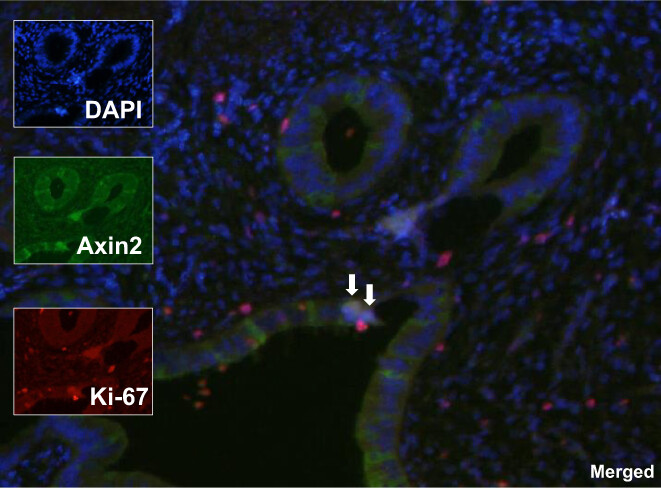
The present study investigated the status of KRAS/PIK3CA driver mutations in normal endometrial glands as well as spheroids derived from single glands. High mutation allele frequency of PIK3CA mutation in a single gland as well as frequent PIK3CA mutation in stem cell-rich spheroids that originated from a single gland suggest the role of PIK3CA mutation in stem cell propagation.
MicroRNA-324-3p inhibits osteosarcoma progression by suppressing PGAM1-mediated aerobic glycolysis
- Pages: 2345-2359
- First Published: 07 March 2023
Fusobacterium nucleatum-induced exosomal HOTTIP promotes gastric cancer progression through the microRNA-885-3p/EphB2 axis
- Pages: 2360-2374
- First Published: 10 March 2023

In this study, we showed for the first time that the increase of exosomes secreted by gastric cancer (GC) cells caused by Fusobacterium nucleatum (Fn) infection can promote the progression of GC. Mechanistically, our results suggested that Fn infection induced the elevation of exosomal HOTTIP and promoted the proliferation, migration, and invasion of uninfected GC cells through the microRNA-885-3p/EphB2/PI3K/AKT pathway.
In vivo CRISPR screens identify RhoV as a pro-metastasis factor of triple-negative breast cancer
- Pages: 2375-2385
- First Published: 10 March 2023
Interactions between driver genes shape the signaling pathway landscape and direct hepatocellular carcinoma therapy
- Pages: 2386-2399
- First Published: 15 March 2023
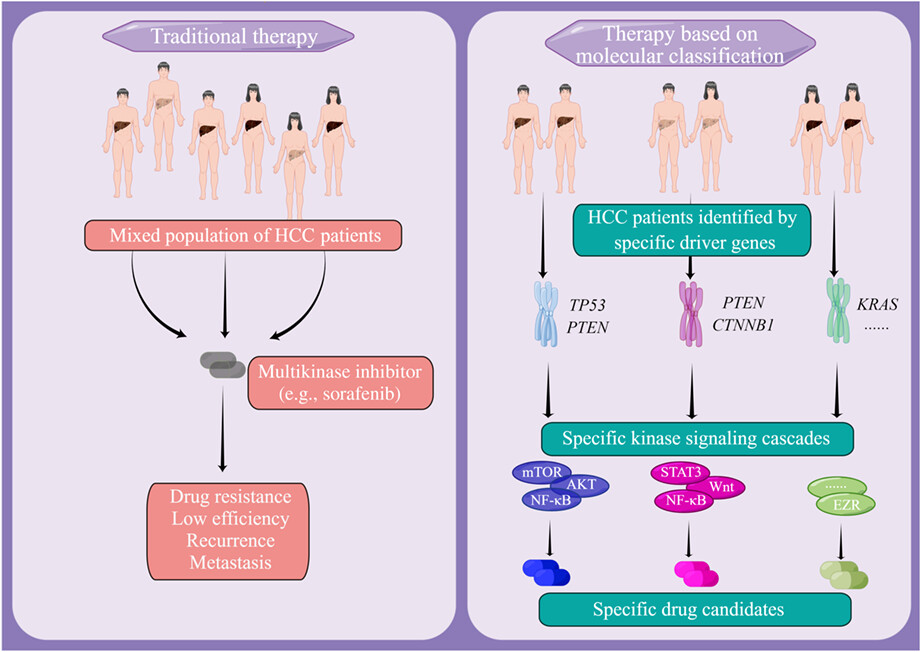
Hepatocellular carcinoma (HCC) is one of the most lethal and fastest growing malignancies worldwide. The authors aimed to investigate the differences between patients with HCC based on tumor molecular classification and provide targeted therapeutic options for them. The authors elucidated the cooperation between certain driver genes that leads to different transcriptomic and proteomic profiles, reflecting the intertumor complexity observed in HCC patients and screened out targeted inhibitors of sorafenib-resistant tumors with different molecular classifications.
TIP60 is required for tumorigenesis in non-small cell lung cancer
- Pages: 2400-2413
- First Published: 14 March 2023
Fusobacterium nucleatum promotes the early occurrence of esophageal cancer through upregulation of IL-32/PRTN3 expression
- Pages: 2414-2428
- First Published: 15 March 2023
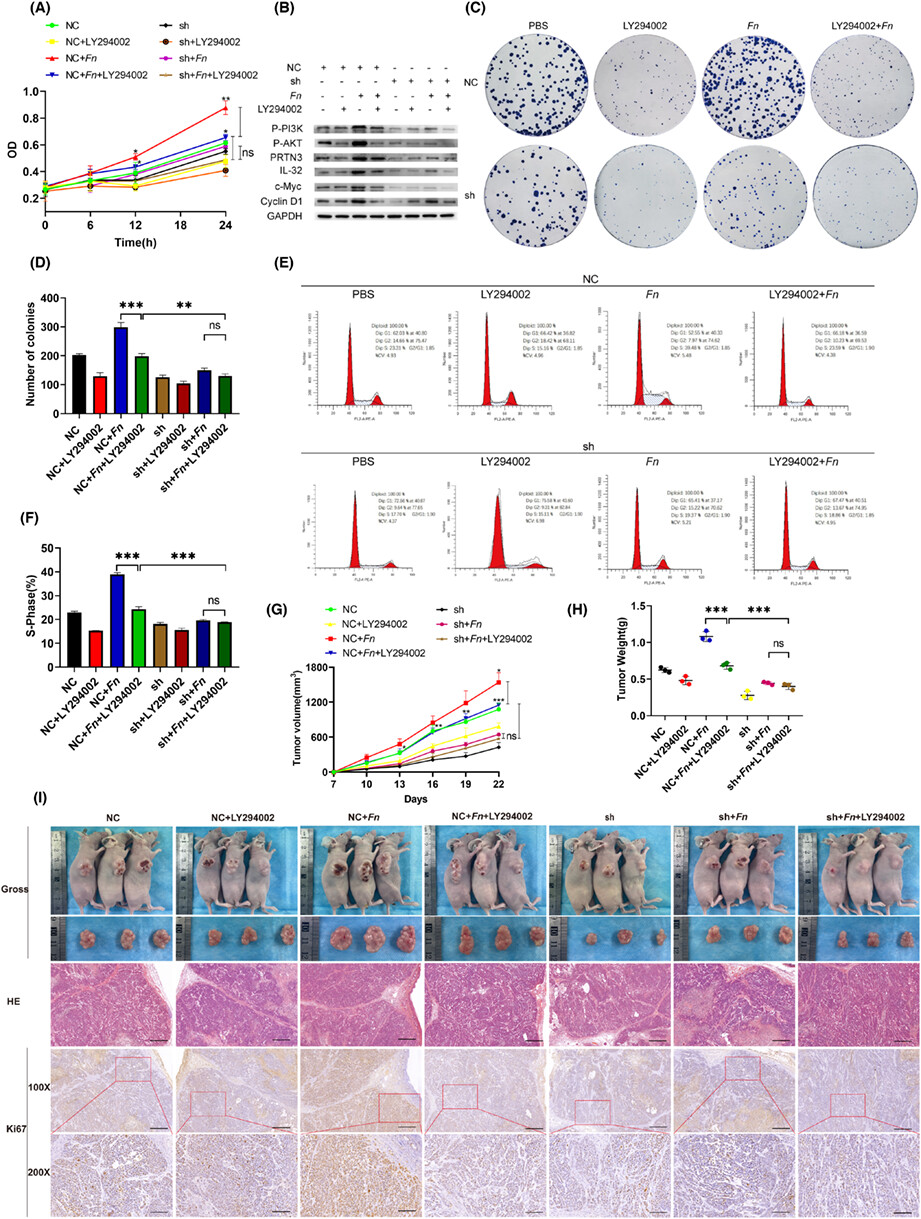
Our study found that Fusobacterium nucleatum (Fn) was enriched in early-stage esophageal cancer (EEC) tissues, and the abundance of Fn was associated with the progression of esophageal cancer. We demonstrated that Fn led to tumor progression in vitro and in vivo by inducing IL-32/PRTN3 expression and thereby activating the PI3K/AKT pathway. Our study shows that Fn may be a target for early screening markers and treatment of esophageal squamous cell carcinoma (ESCC) and provides further insight into the pathogenesis of esophageal cancer.
Pleckstrin-2-promoted PPM1B degradation plays an important role in transforming growth factor-β-induced breast cancer cell invasion and metastasis
- Pages: 2429-2444
- First Published: 16 March 2023
Cell, Molecular, and Stem Cell Biology
Trigred motif 36 regulates neuroendocrine differentiation of prostate cancer via HK2 ubiquitination and GPx4 deficiency
- Pages: 2445-2459
- First Published: 17 February 2023
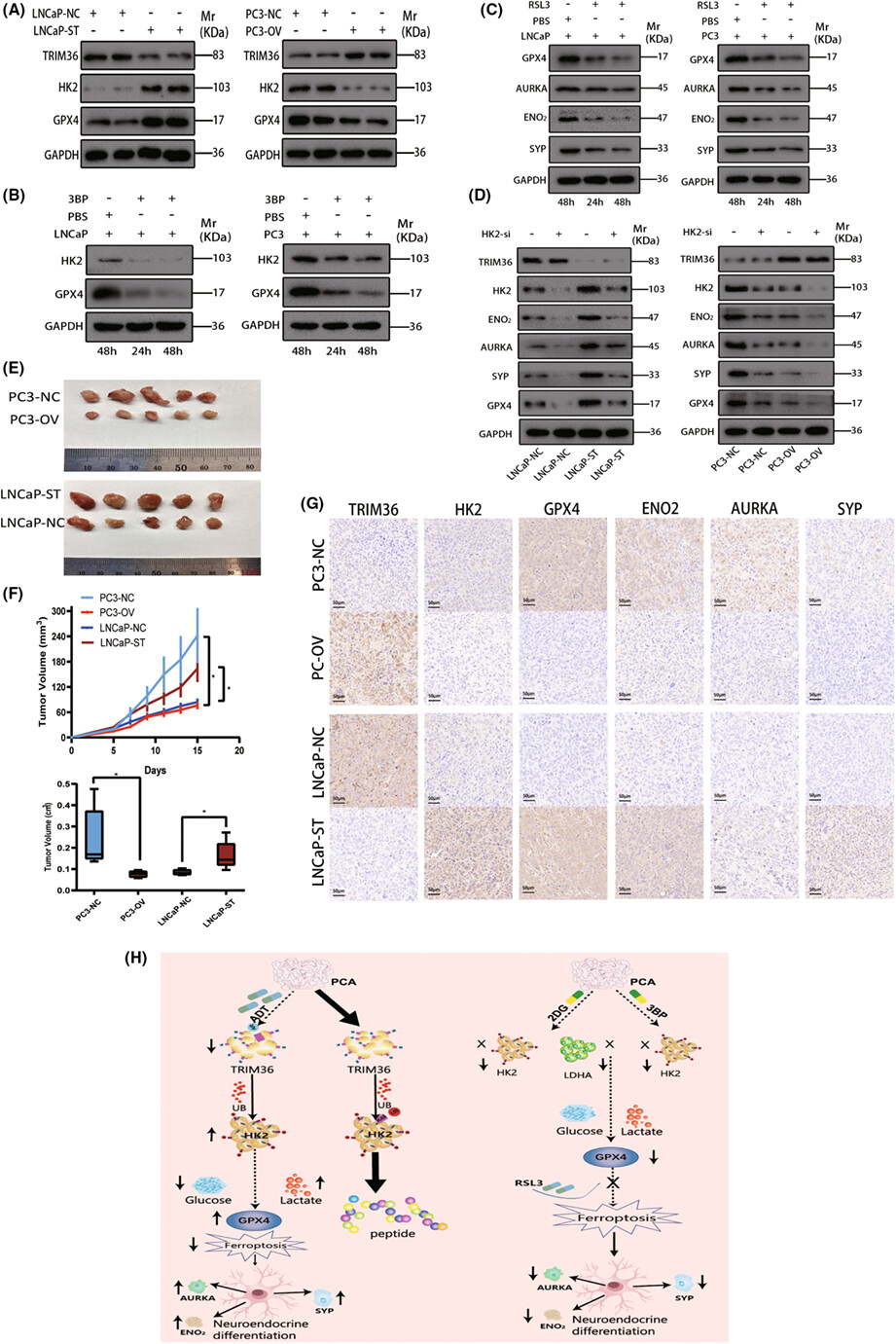
TRIM36 can promote the occurrence of ferroptosis and finally inhibit the NED of PCa (prostate cancer) cells by inhibiting the ferroptosis-related gene glutathione peroxidase 4 through hexokinase 2 in the ubiquitin glycolysis pathway. This mechanism has great potential to design new strategies to retard NEPC and may help prostate cancer researchers to find potential therapeutic targets for treating NEPC.
Sclerostin blockade promotes bone metastases of Wnt-responsive breast cancer cells
- Pages: 2460-2470
- First Published: 24 February 2023
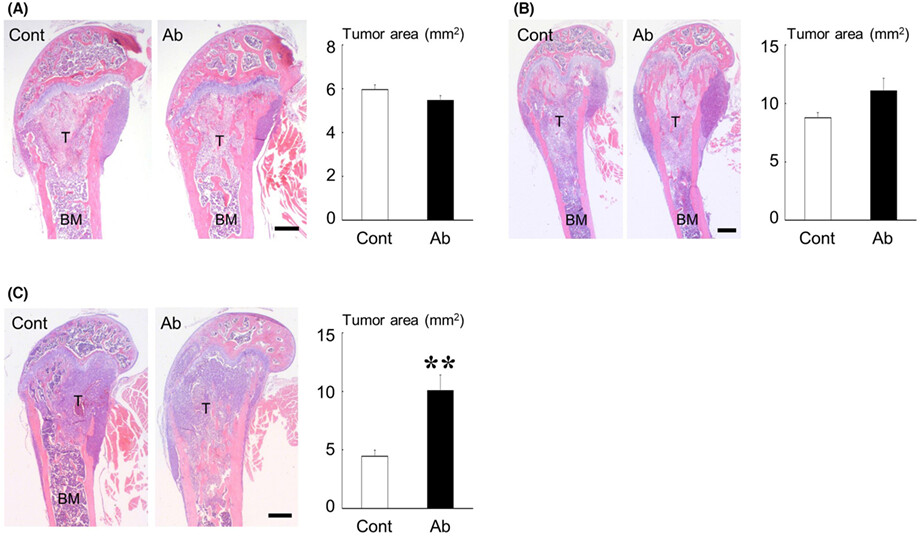
This study aimed to examine the effects of the inhibition of sclerostin, an inhibitor of the canonical Wnt pathway, on the development of bone metastases of breast cancer using mouse models. Treatment with an anti-sclerostin antibody significantly increased the bone metastases of MDA-MB-231 cells, which are highly responsive to canonical Wnt ligands. In contrast, bone metastases of other breast cancer cells, 4T1 and E0771/Bone, with low responsiveness or nonresponsiveness to canonical Wnt ligands were not affected by the antibody.
Inhibition of protein kinase C delta leads to cellular senescence to induce anti-tumor effects in colorectal cancer
- Pages: 2471-2484
- First Published: 27 February 2023
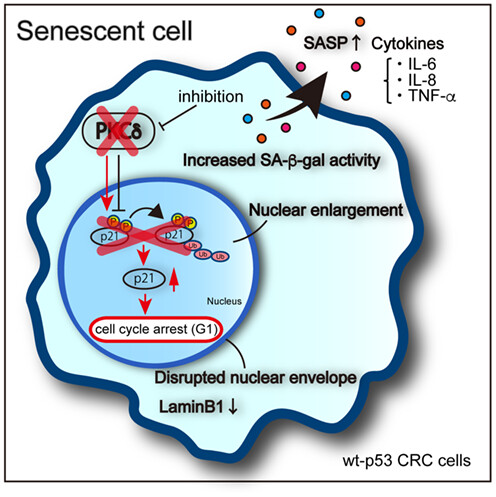
Colorectal cancer tissues have high PKCδ expression. Colorectal cancer cells with wild-type p53 show that the inhibition/CRISPR-mediated knockout of PKCδ leads to p21 upregulation.PKCδ phosphorylates and targets p21 for proteosomal degradation.The increase in p21 levels promotes senescence and leads to a decrease in tumor growth.
Cancer cell-derived CD69 induced under lipid and oxygen starvation promotes ovarian cancer progression through fibronectin
- Pages: 2485-2498
- First Published: 28 February 2023
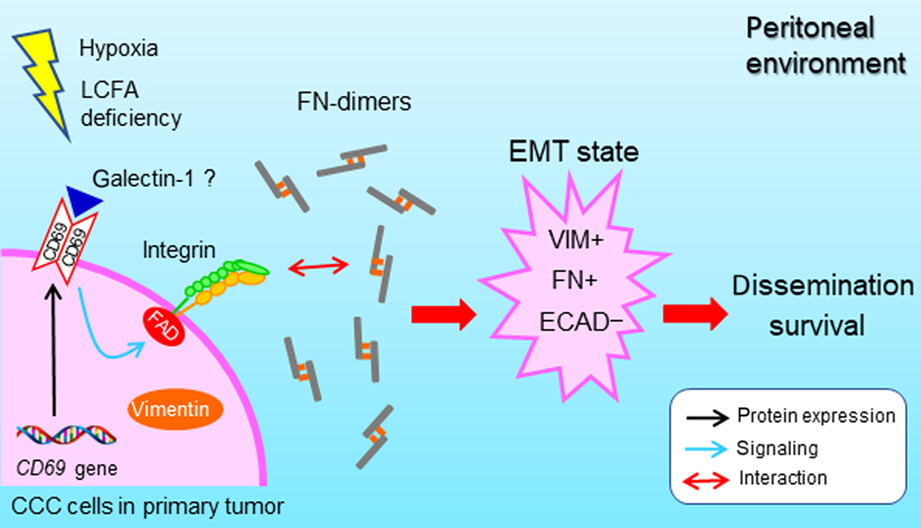
We provided a novel concept that CD69 is strongly expressed in epithelial, nonhematological ovarian clear cell carcinoma (CCC) cells. CD69 protein induced in response to fatty acid and oxygen starvation is responsible for fibronectin-driven epithelial–mesenchymal transition, potentially contributing to the poor prognosis of CCC patients.
Potent antitumor effects of the conditioned medium of bone marrow-derived mesenchymal stem cells via IGFBP-4
- Pages: 2499-2514
- First Published: 21 March 2023
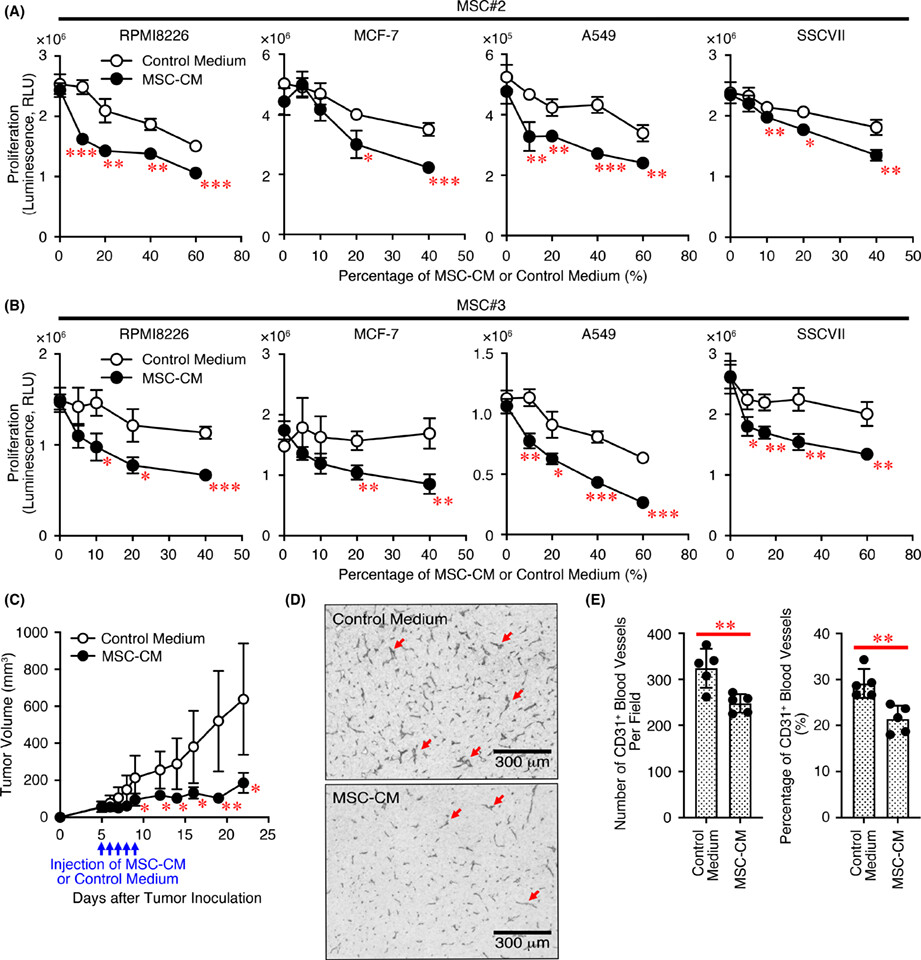
We found that conditioned medium (CM) of mesenchymal stem cells (MSCs) greatly inhibited in vitro and in vivo tumor growth and angiogenesis, and that insulin-like growth factor binding protein-4 (IGFBP-4) in the MSC-CM was critically involved in the inhibitory effects. This is the first report on the antitumor effects of MSC-CM, of which IGFBP-4 in the CM was shown to play important roles. Thus, cell-free therapy using the MSC-CM could be a safer and promising alternative for even cancer patients.
Clinical Research
Homologous recombination inquiry through ovarian malignancy investigations: JGOG3025 Study
- Pages: 2515-2523
- First Published: 06 February 2023
Real-world study of next-generation sequencing diagnostic biomarker testing for patients with lung cancer in Japan
- Pages: 2524-2533
- First Published: 08 February 2023
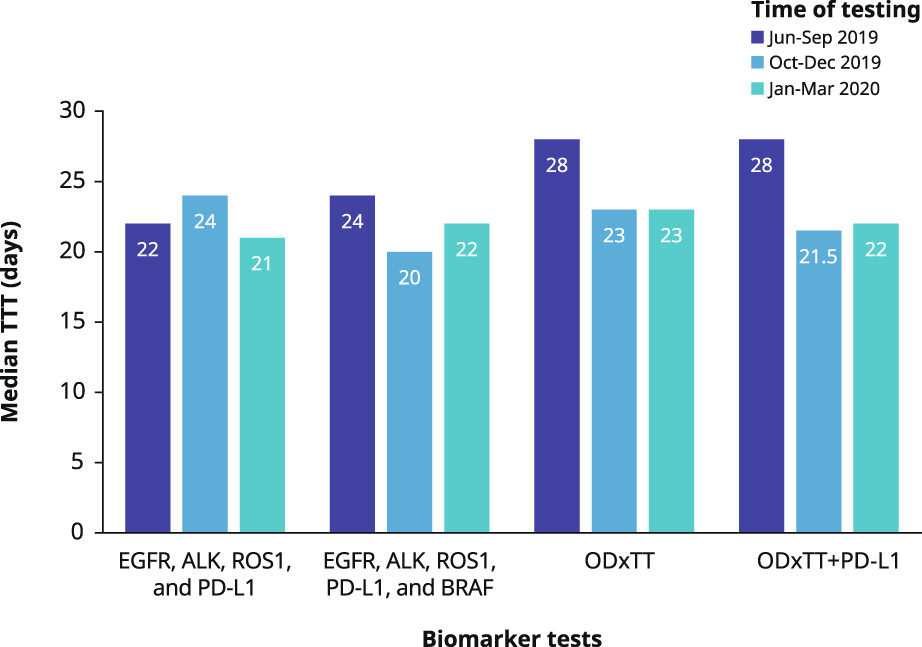
This retrospective observational study examined data claims for patients with lung cancer in Japan between June 1, 2019, and March 31, 2020. During this period, the use of single biomarker testing decreased over time while the use of the Oncomine Dx target test (ODxTT), a next-generation sequencing–based multiplex biomarker panel test, gradually increased. These results indicate that biomarker testing frequency has changed the clinical practice in Japan, leading to improvements in time to treatment.
Efficacy and safety of PLDR-IMRT for the re-irradiation of recurrent NPC: A prospective, single-arm, multicenter trial
- Pages: 2534-2543
- First Published: 14 February 2023

The prospective, single-arm, phase II trial was conducted at multiple institutions for NPC patients who experienced relapse after radical therapy. We found PLDR-IMRT combined with systematic therapy can effectively treat patients with locoregionally recurrent nasopharyngeal carcinoma and causes fewer adverse events than the rates expected with IMRT.
Rapid detection of the MYD88 L265P mutation for pre- and intra-operative diagnosis of primary central nervous system lymphoma
- Pages: 2544-2551
- First Published: 01 March 2023
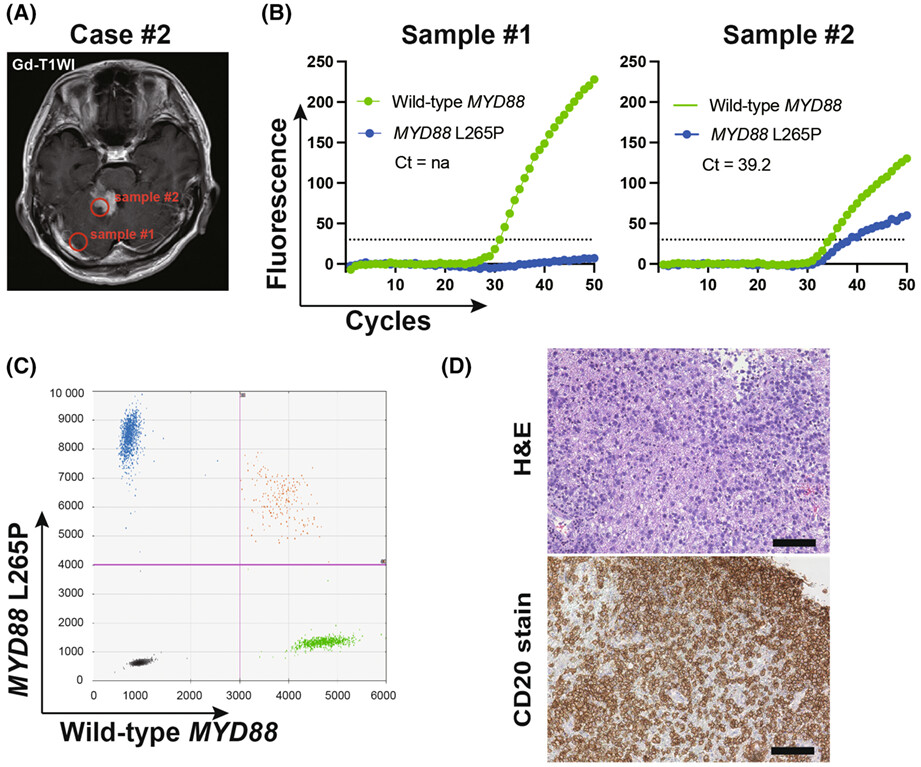
In this manuscript, we developed a rapid genotyping system using a real-time PCR device (GeneSoC), which could detect MYD88 L265P within 15 min. We could detect MYD88 L265P in 8 PCNSL cases during surgery. The MYD88 L265P mutation could also be detected using cell-free DNA derived from the cerebrospinal fluid of two PCNSL cases.
Real-world clinical analysis in 190 advanced NSCLC patients with uncommon EGFR mutations: A multi-center study
- Pages: 2552-2559
- First Published: 27 February 2023
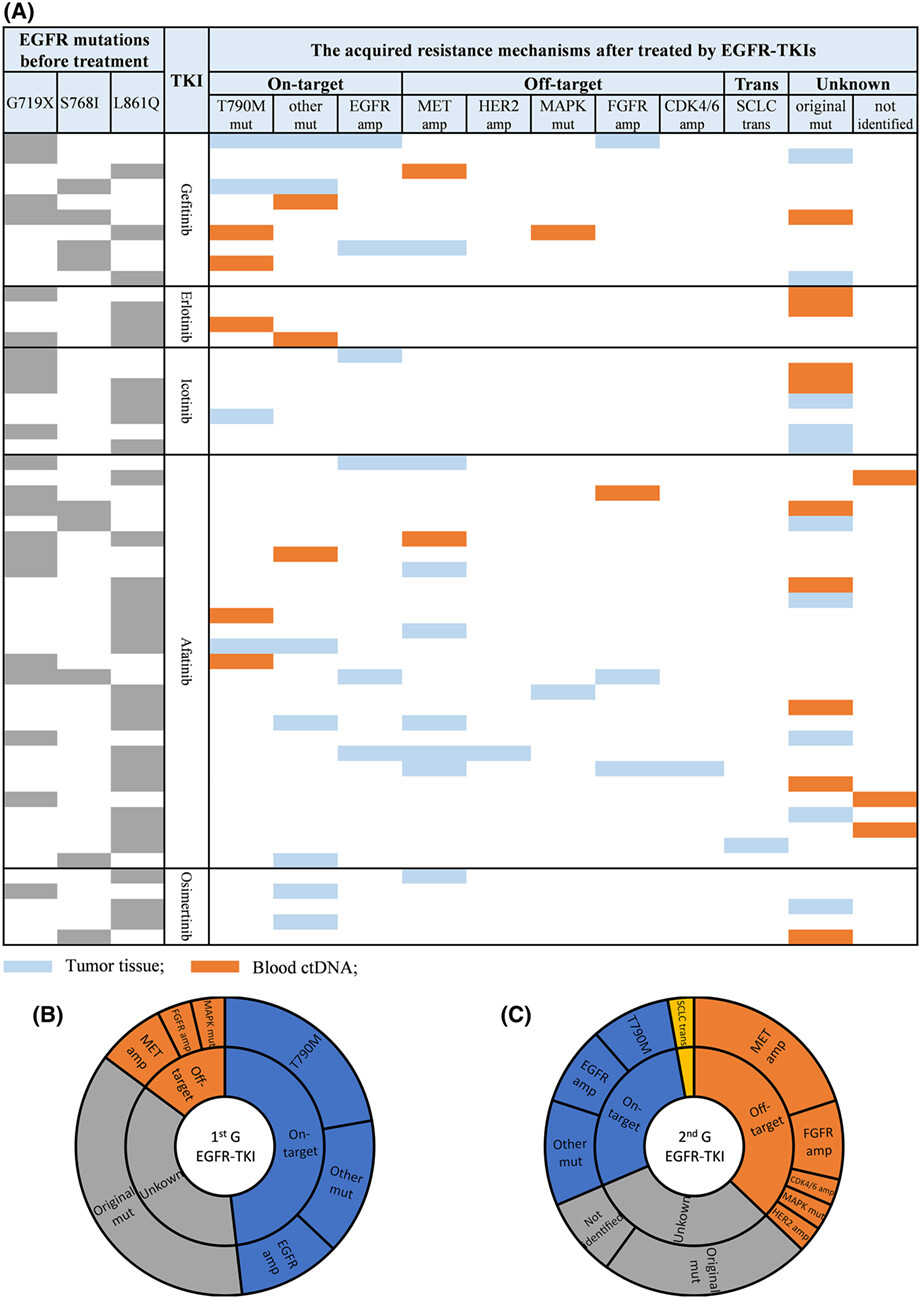
Uncommon EGFR mutation contained heterogeneous subtypes with limited data. We identified significantly worse efficacy of first-generation EGFR-TKIs than afatinib in L861Q; for the frequent application of first-generation TKIs in the real world, this result deserves attention. For resistance mechanisms, the low incidence of T790M, but a high frequency of c-MET amplification, in uncommon mutations differed from common mutations, especially when afatinib was applied. Our results complement the limited available data on uncommon mutations and provide valuable insights.
Real-world therapeutic effectiveness of lorlatinib after alectinib in Japanese patients with ALK-positive non-small-cell lung cancer
- Pages: 2560-2568
- First Published: 03 March 2023
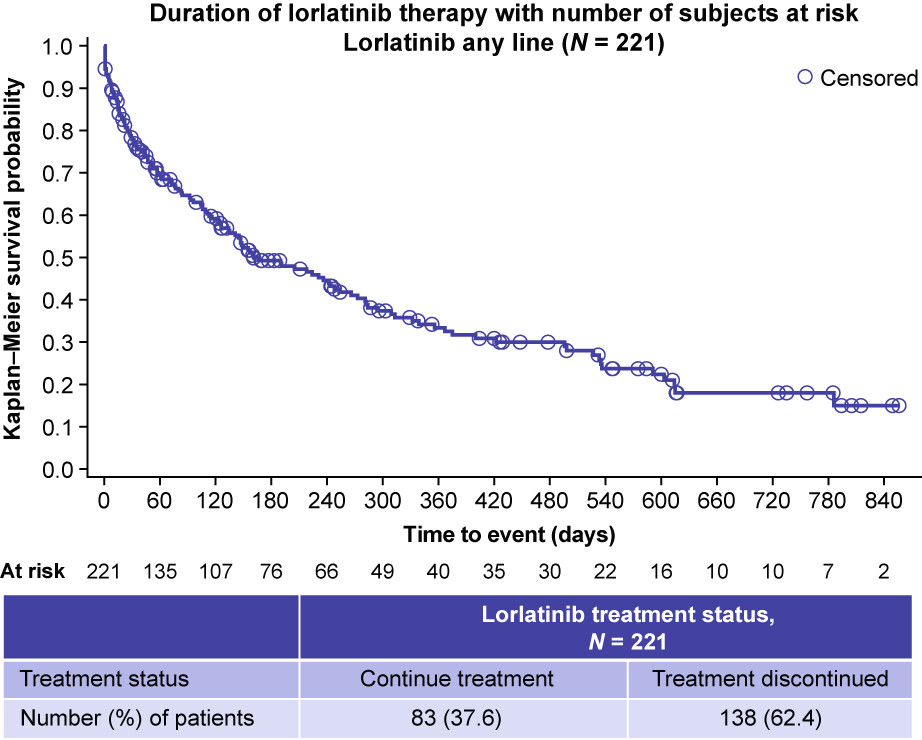
Of 1954 patients treated with alectinib, 221 were identified from the Japan Medical Data Vision database as receiving lorlatinib; 70% received lorlatinib as a second-line therapy and 30% received lorlatinib as a third- or later-line therapy. The median duration of treatment for all lorlatinib-treated patients was 161 days. This real-world observational study supports data suggesting the effectiveness of lorlatinib after alectinib failure in Japanese patients with ALK-positive non-small-cell lung cancer.
Tumor immune microenvironment predicts the pathologic response of neoadjuvant chemoimmunotherapy in non–small-cell lung cancer
- Pages: 2569-2583
- First Published: 07 March 2023
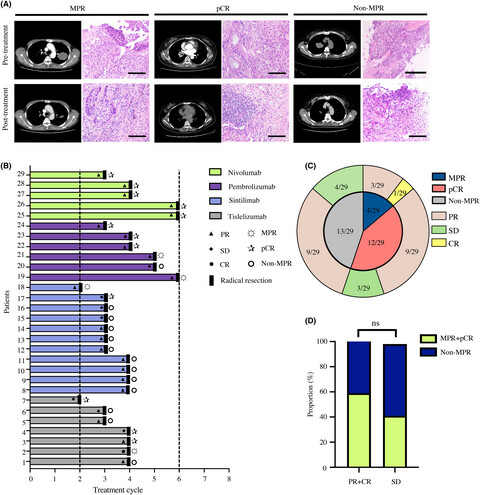
Neoadjuvant chemoimmunotherapy for non–small-cell lung cancer (NSCLC) has achieved an excellent pathological response. The dynamic changes in the tumor immune microenvironment are closely related to the efficacy of neoadjuvant immunotherapy in NSCLC patients. Some special gene alterations, such as ATR kinase, are associated with immune infiltrations and better pathological response using neoadjuvant immunotherapy treatment.
Epidemiology and Prevention
Sugar intake and colorectal cancer risk: A prospective Japanese cohort study
- Pages: 2584-2595
- First Published: 27 February 2023
Genetics, Genomics and Proteomics
An integrative epigenomic approach identifies ELF3 as an oncogenic regulator in ASCL1-positive neuroendocrine carcinoma
- Pages: 2596-2608
- First Published: 24 February 2023
Single-cell RNA sequencing reveals tumor heterogeneity, microenvironment, and drug-resistance mechanisms of recurrent glioblastoma
- Pages: 2609-2621
- First Published: 28 February 2023
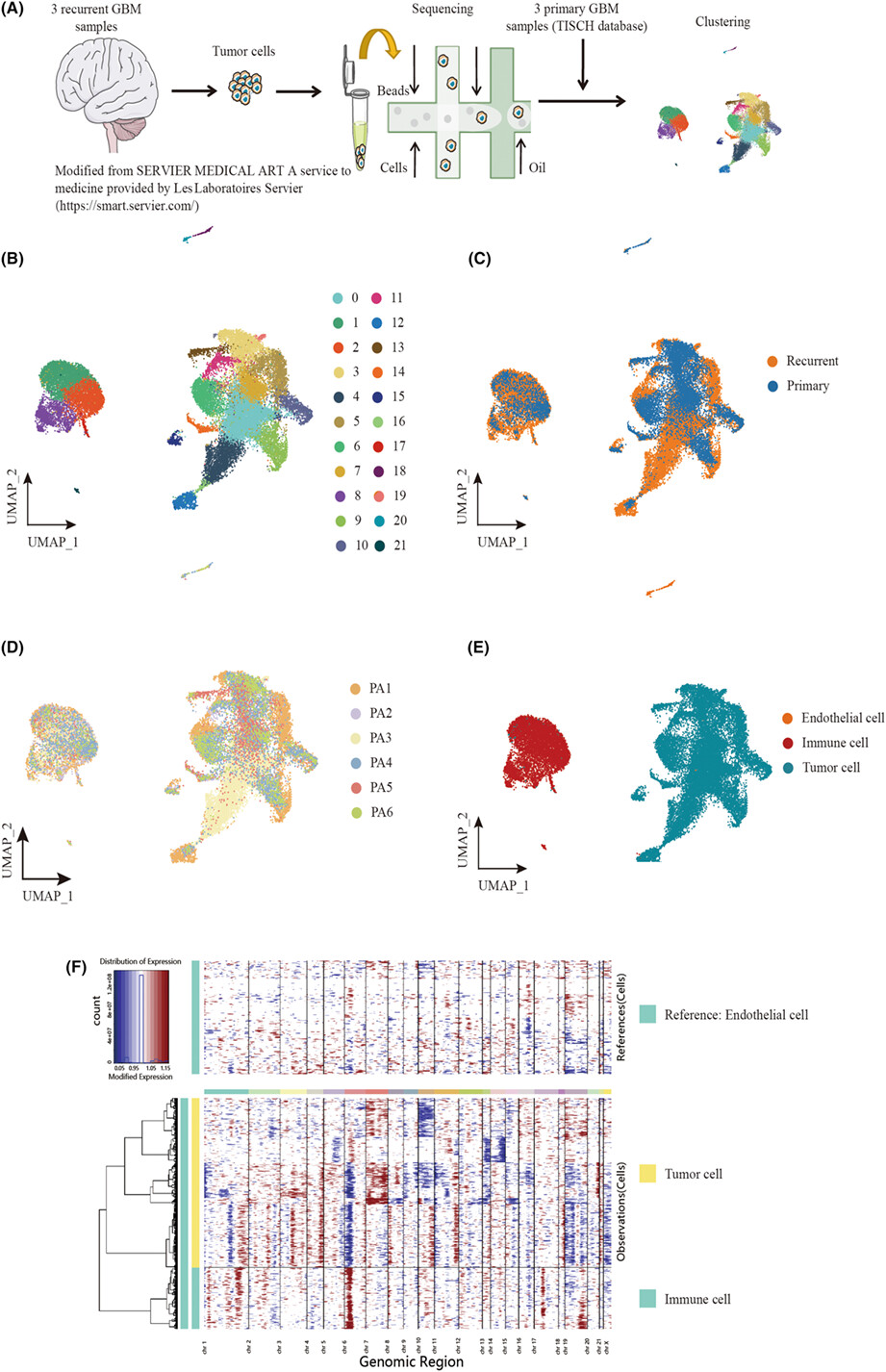
We observed upregulation of the expression of stemness-related and cell-cycle-related genes in recurrent GBM cells. Further, we observed that recurrent GBM tissues showed a decreased proportion of microglia, consistent with previous reports, and that vascular endothelial growth factor A expression and the blood–brain barrier permeability were high, and the O6-methylguanine DNA methyltransferase-related signaling pathway was activated in recurrent GBM. Our results provide new insights into treatment strategies for recurrent glioblastomas.
Inflammation and Virology
EBV-positive pyothorax-associated lymphoma expresses CXCL9 and CXCL10 chemokines that attract cytotoxic lymphocytes via CXCR3
- Pages: 2622-2633
- First Published: 10 March 2023
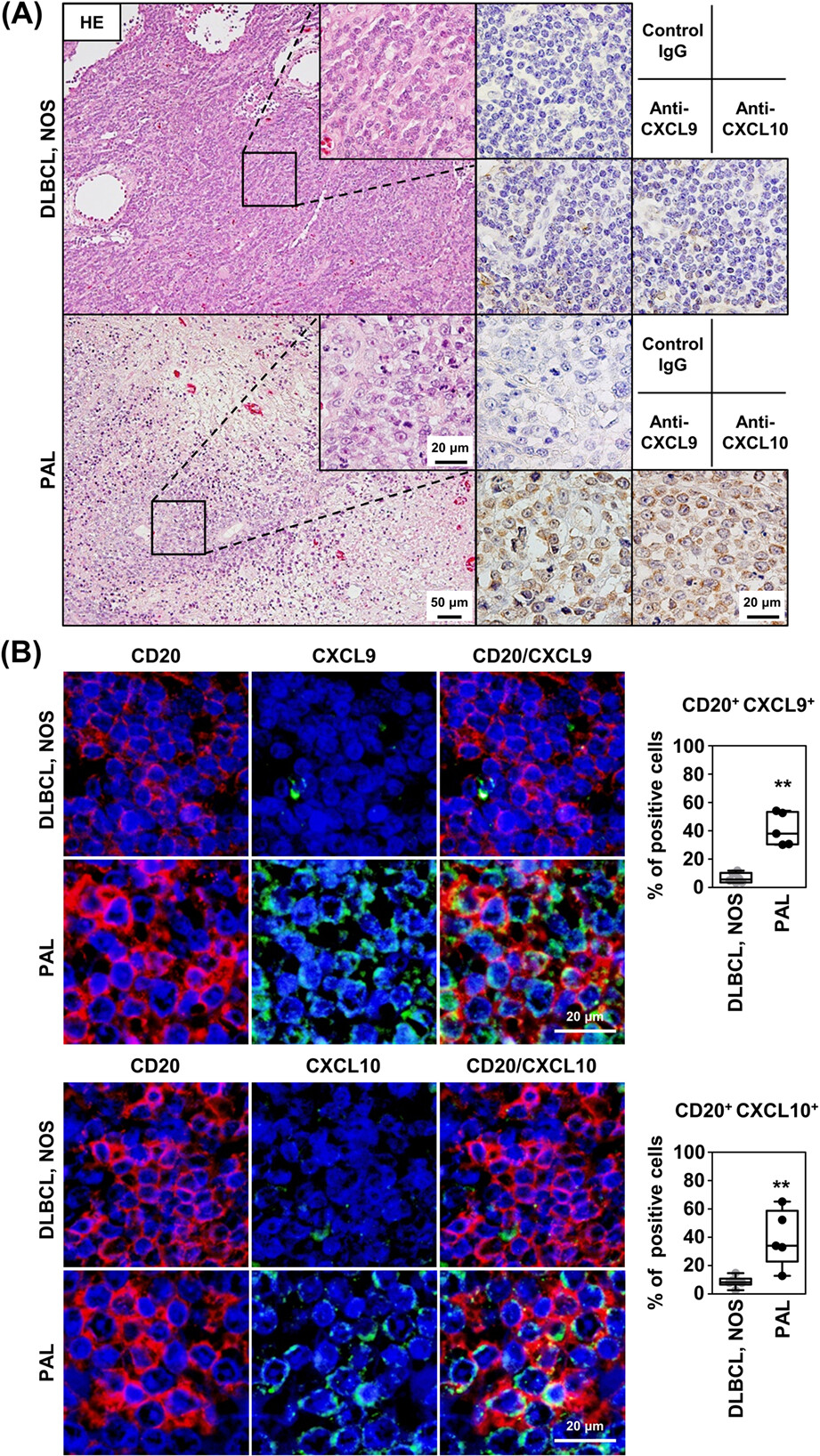
Both C–X–C motif chemokine ligands 9 and 10 (CXCL9 and CXCL10) stained strongly in Epstein–Barr (EBV)-positive pyothorax-associated lymphoma (PAL) but were negative or faintly positive in EBV-negative diffuse large B-cell lymphoma, not otherwise specified (DLBCL, NOS). Double staining for CD20 and CXCL9/CXCL10 demonstrated that most CD20-positive PAL cells expressed CXCL9 and CXCL10. This study shows that the chemokines produced by PAL cells can attract cytotoxic lymphocytes via CXCR3.
Pathology
LRRC75A-AS1 delivered by M2 macrophage exosomes promotes cervical cancer progression via enhancing SIX1 expression
- Pages: 2634-2649
- First Published: 09 March 2023
ELF1 suppresses autophagy to reduce cisplatin resistance via the miR-152-3p/NCAM1/ERK axis in lung cancer cells
- Pages: 2650-2663
- First Published: 27 February 2023
Molecular pathology quality control in Southeast Asia: Results of a multiregional quality assurance study from MASTER KEY Asia
- Pages: 2664-2673
- First Published: 15 March 2023
Bone marrow adipocytes induce cancer-associated fibroblasts and immune evasion, enhancing invasion and drug resistance
- Pages: 2674-2688
- First Published: 14 March 2023
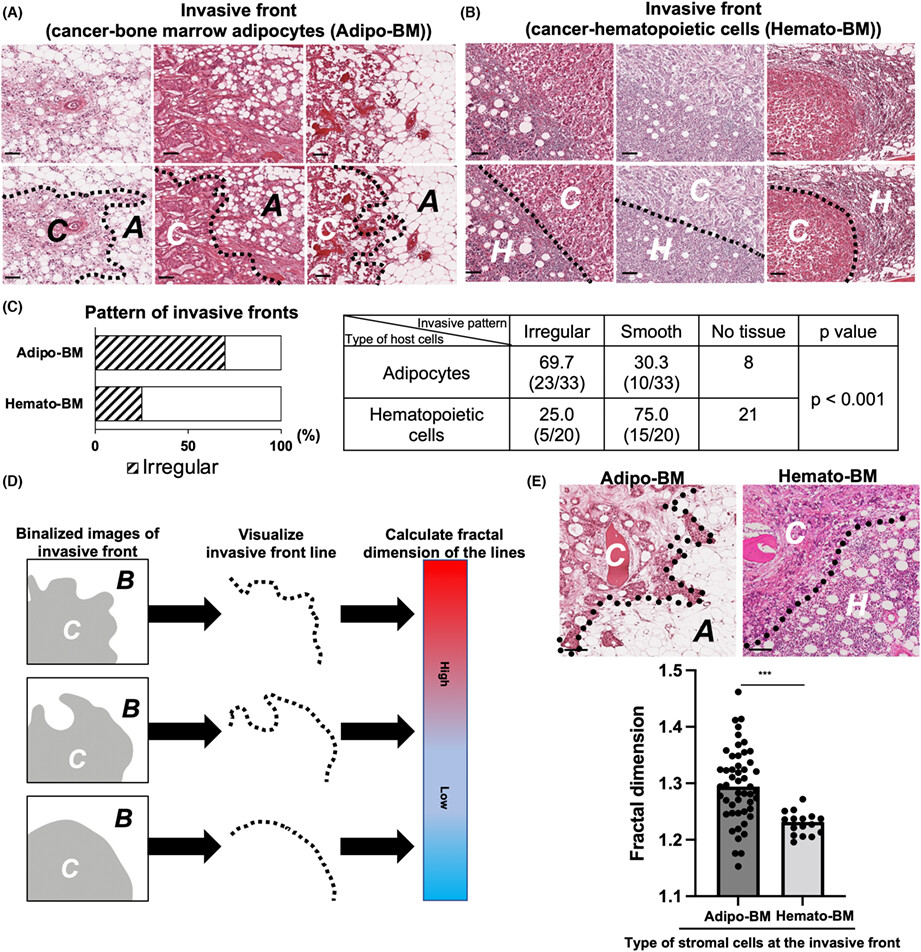
We investigated the role of bone marrow adipocytes on cancer cells, by focusing on an invasive front that reflects the direct effects of stromal cells on caner. Bone marrow adipocytes provide a favorable tumor microenvironment for cancer invasion and therapeutic resistance of bone metastasized cancers through cancer-associated fibroblast induction and immune evasion, providing a potential target for the treatment of bone metastasis.
LETTER TO THE EDITOR
Clinical Research
Five-year follow-up of a phase II study of DA-EPOCH-R with high-dose MTX in CD5-positive DLBCL
- Pages: 2689-2691
- First Published: 16 March 2023




